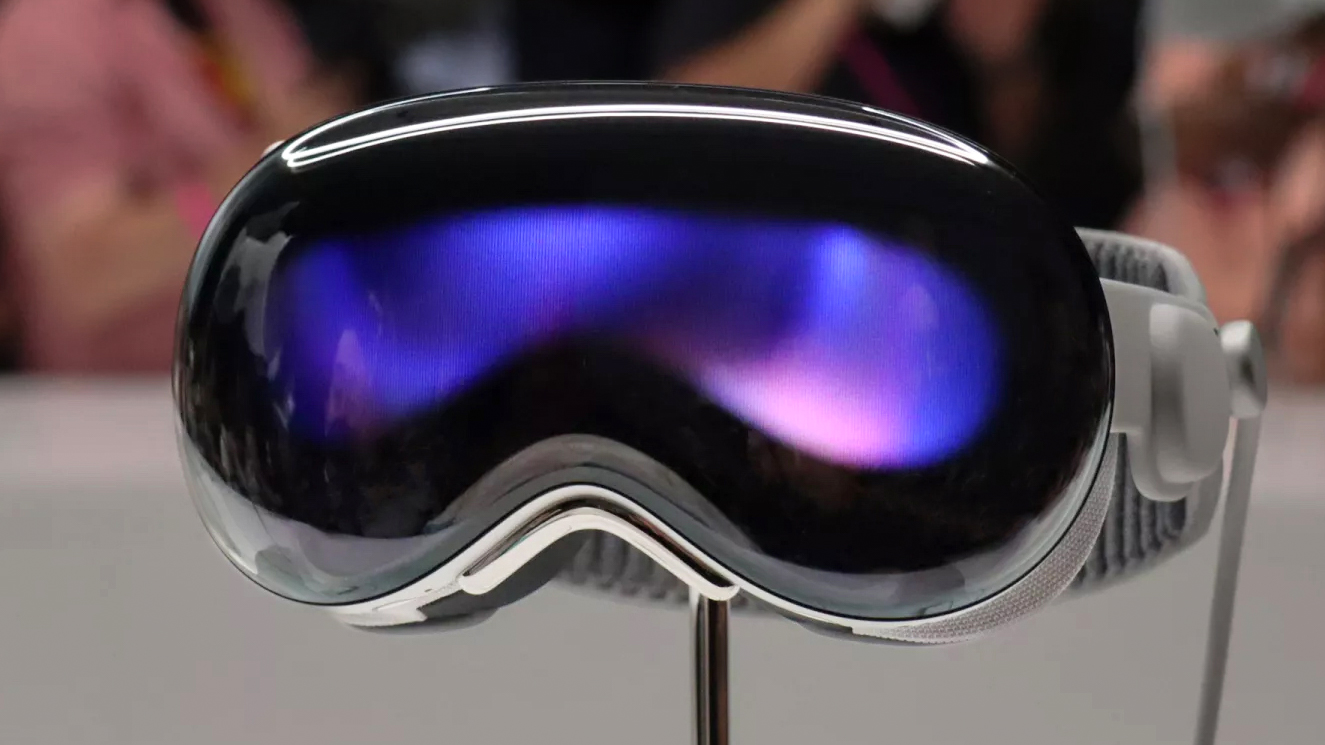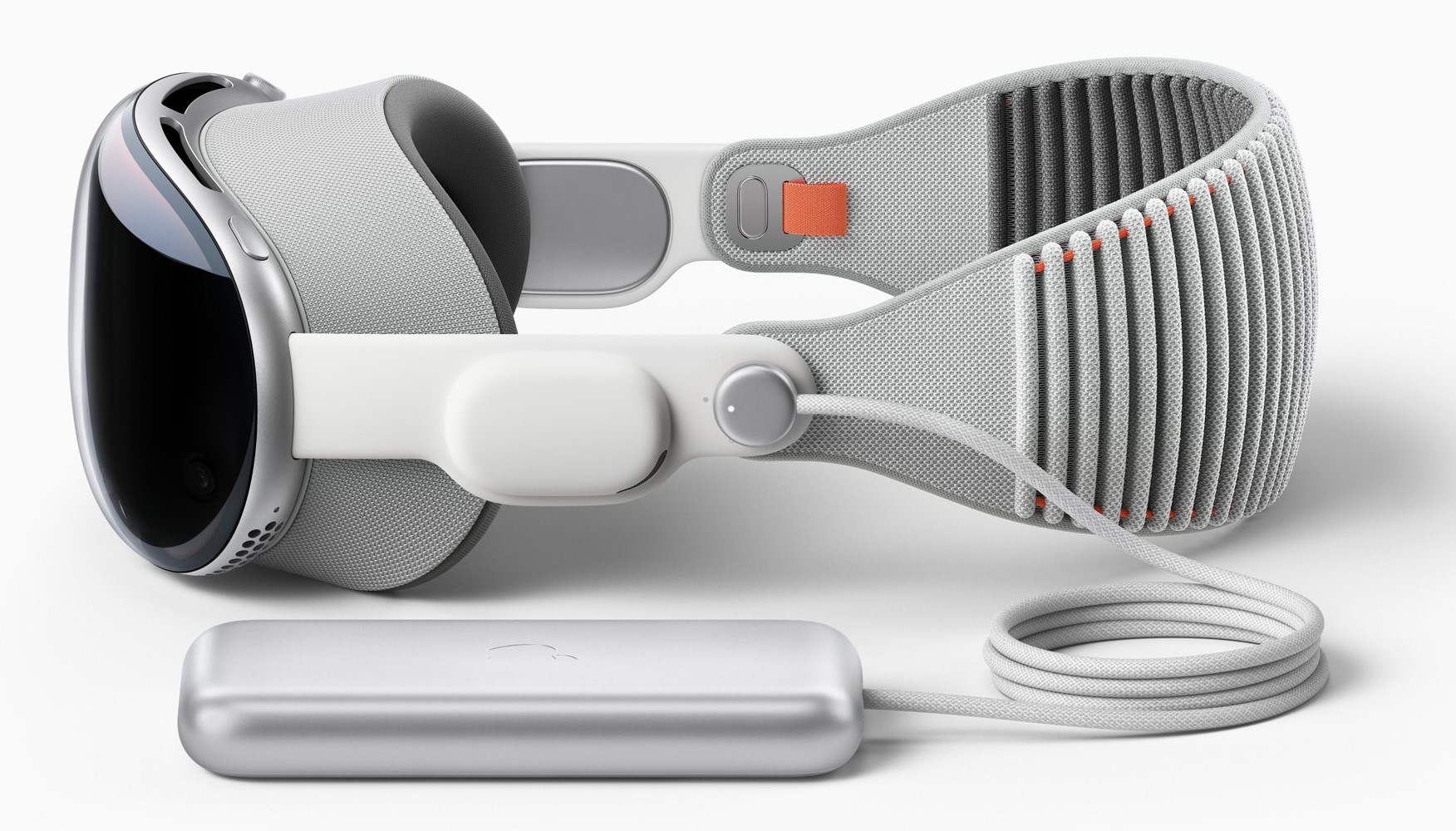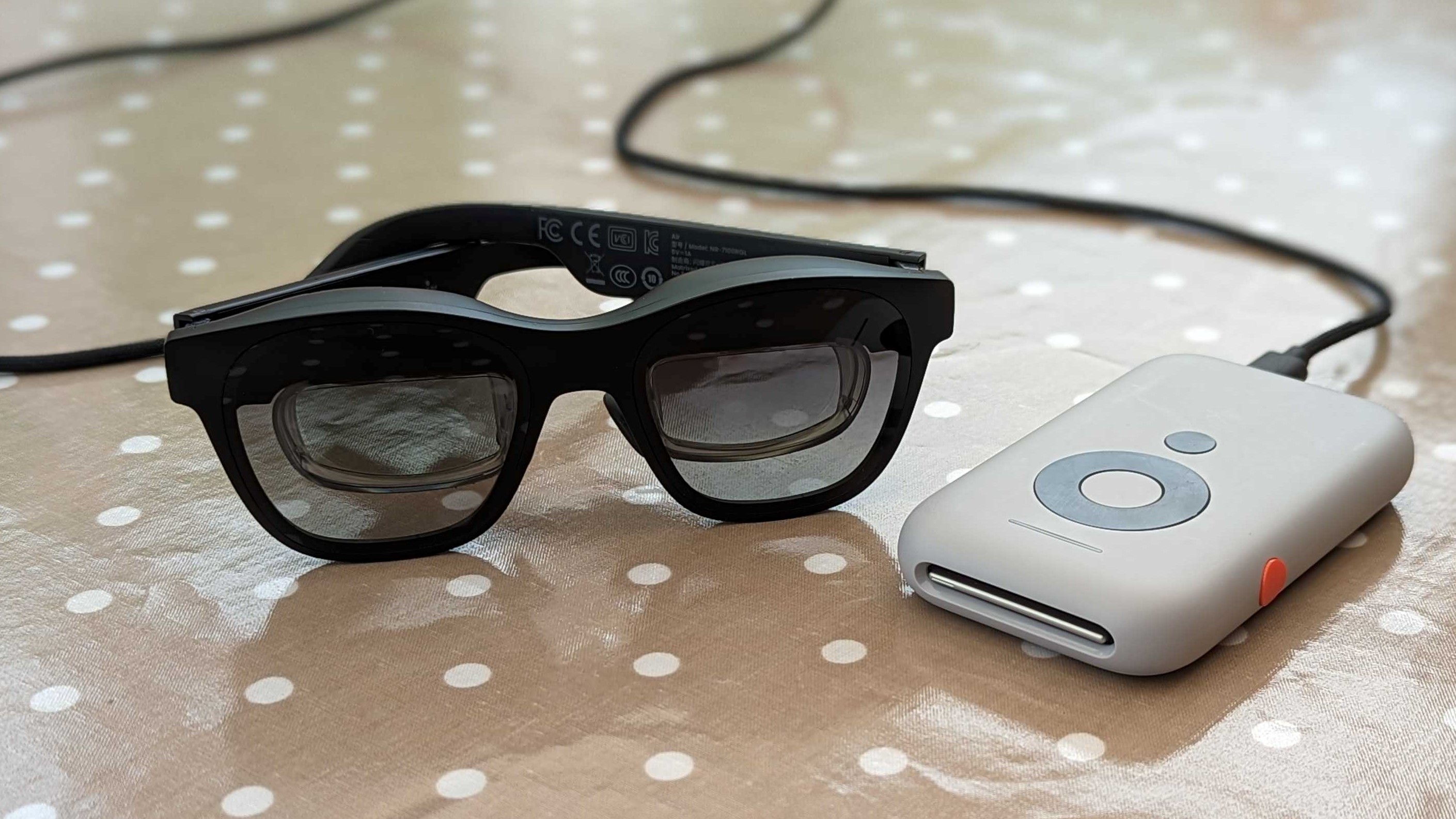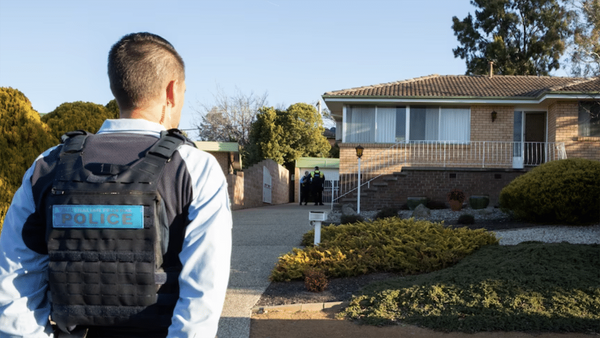
While working at TechRadar I’ve covered, tested, and reviewed my fair share of VR headsets and AR smartglasses glasses – and in this time I’ve picked up on several key factors that can make or break an 'extended reality' gadget like the upcoming Apple Vision Pro.
Hot off the heels of my recent TCL Nxtwear S review and updating my Xreal Air review with my thoughts on the Xreal Beam adapter, I’ve been reminded of some potential pitfalls the Vision Pro could be caught out by – and ways it could avoid them.
Here are the top three lessons I hope Apple has learned from other AR glasses so it doesn’t make the same mistakes with the Vision Pro.
1. Keep it simple
Considering that the Vision Pro packs an M2 processor – the same chipset that powers the iPad Pro (2022) which fills the top spot on our best iPad guide, and a number of the best MacBook and Macs – we know it’ll be a powerful device. This power isn’t being wielded by a gadget with a familiar interface like a tablet or laptop though, it’ll be an all-new “spatial computing platform” as Apple is calling it. An interface that could be off-putting if Apple isn’t careful.
One issue I’ve found with some AR glasses is that they’re not the most simple to use at times. You can’t always just plug them into a device and start using them.

First, you have to know what your gadget’s hardware specs are to know if it’ll support the glasses, then sometimes you have to download an app that doesn’t work as smoothly as it needs to. If your device isn’t compatible you can pick up an optional adapter that might solve the problem, but those can come with their own quirks. The TCL Nxtwear S adapter works fine with my Google Pixel 6 – but uses a separate app to the glasses that isn’t on the Play Store and setting it up isn’t as straightforward as the instructions make it out to be. Meanwhile, the Xreal Beam adapter isn’t compatible with my Pixel 6 at all, but does work with gadgets that the Nxtwear S adapter doesn’t support without needing to use additional adapters.
If you’re confused, now you know how I feel.
Apple will need to make sure its Vision Pro is intuitive if it wants to convince people that it’s the future of tech. As when we’re faced with too many hurdles to jump through just so we can use our new gadget, it’s a lot easier to just box it back up and ask for a refund.
2. Comfort is key
Having high performance and being simple to use are certainly two important factors, but even more vital for a gadget you’re expected to wear for an extended period of time is that it’s comfortable. If you can’t bear wearing it for more than five minutes, no matter how impressive the Vision Pro is it’ll be practically useless.
When we think of comfort for VR headsets we instantly think of weight – something Apple has clearly thought about already with its external battery – but another factor Apple will need to have considered is heat.

Our tech gets hot when we use it, and that’s no more noticeable than when the heat source is pressed against your face. Case in point, I recently tested the TCL Nxtwear S glasses and they didn’t handle their heat well at all; after 20 minutes or so the bridge would get uncomfortably warm. It was never painful but the constant discomfort made it hard to relax while wearing the glasses, and served as a constant distraction when I was using the glasses to work.
Other AR glasses like the Xreal Air got around this issue by ensuring that hot components are kept away from your face to avoid similar discomfort, and Meta’s Quest VR headsets went one step further by running underclocked components (meaning that the CPU and GPU were purposefully prevented from running at full power to prevent overheating). Some of these clock restrictions have been loosened to improve the Quest 2 and Quest Pro’s performances, but underclocking is a move Apple may want to consider, because the M2 chip can certainly get toasty.
3. It needs to justify its high price
Lastly, the Apple Vision Pro needs to make sure it justifies its high price tag.
As much as I have loved using AR glasses like the Xreal Air and its Xreal Beam adapter, I struggle to recommend them to people because they’re just so darn expensive for what you get. They’re essentially a super portable private second display for your phone, laptop, or games console. While that’s neat I don’t think the Full HD quality experience is worth the typical $400 / £400 / AU$700 asking price of AR glasses – ignoring the additional $100 / £100 / AU$150 or so adapter that’s a required extra to be able to use the glasses with a number of devices.
Apple’s Vision Pro has a bigger hill to climb to justify its significantly higher $3,499 price (around £2,800 / AU$5,300). Nevertheless, Apple will need to make sure the people who shell out on the expensive gadget feel like they got a good deal. This will include nailing the design, putting the headset’s impressive specs to good use by releasing a full suite of exclusive must-have exclusive Vision Pro apps, and ensuring the headset is intuitive to use among other things.

We still have a while to wait to see if Apple will stick the landing when the Vision Pro releases to the public in early 2024. But considering it was supposedly in development for several years before its announcement at WWDC 2023 we hope most of the kinks will have been worked out.







